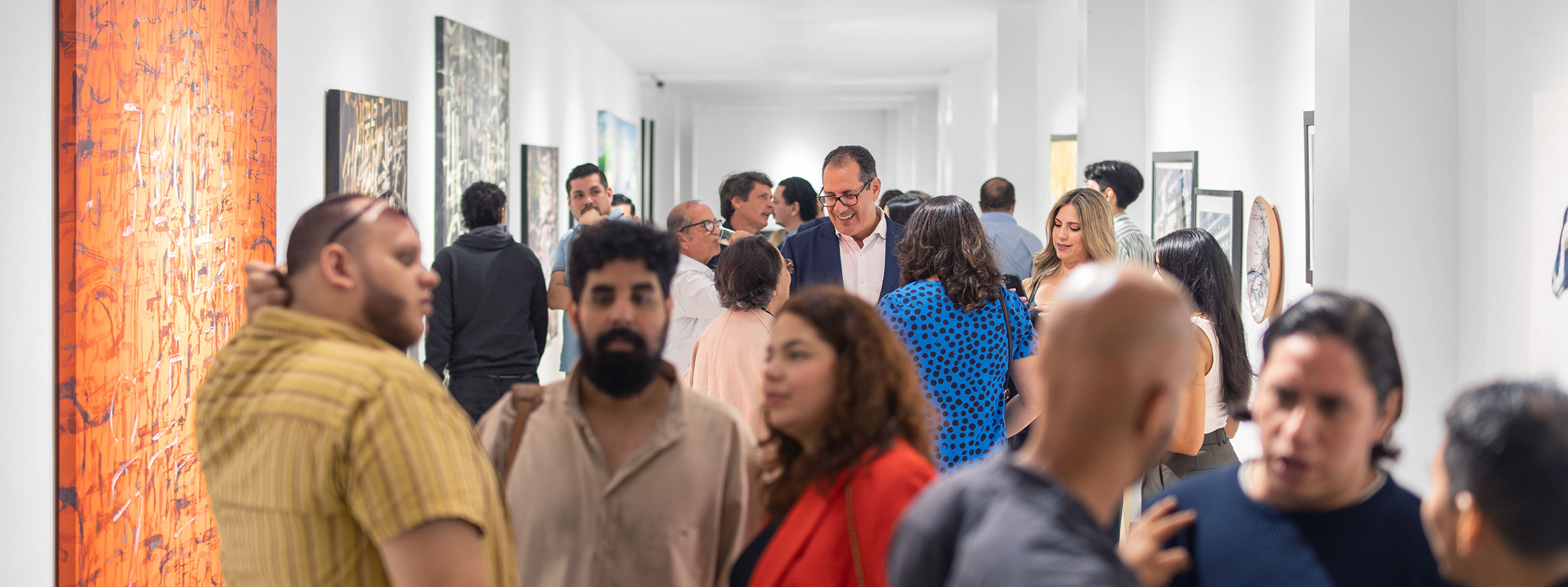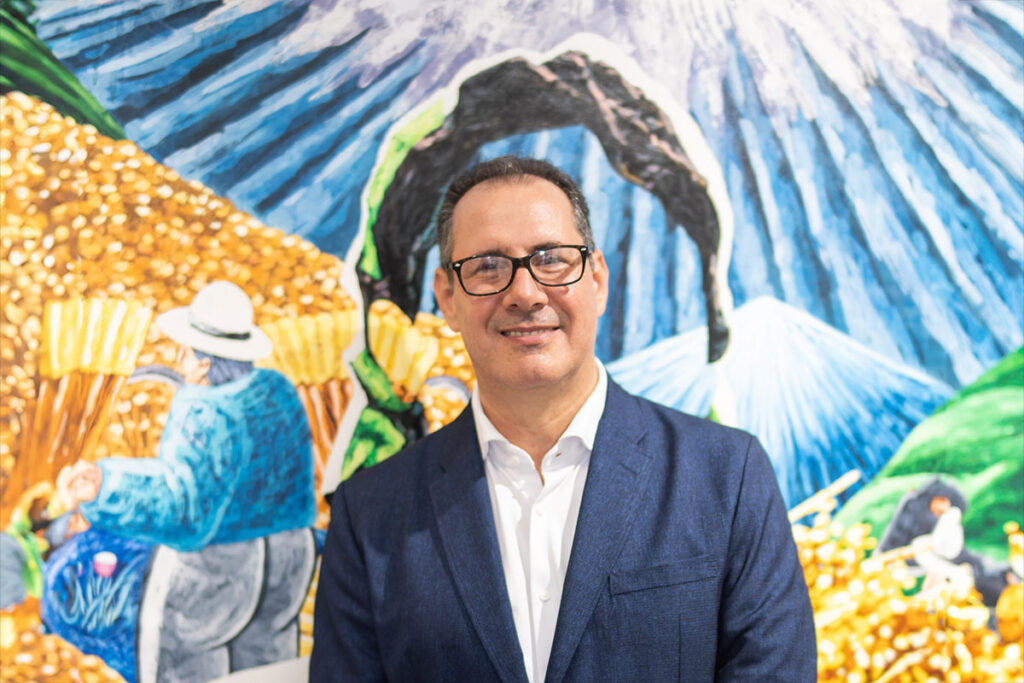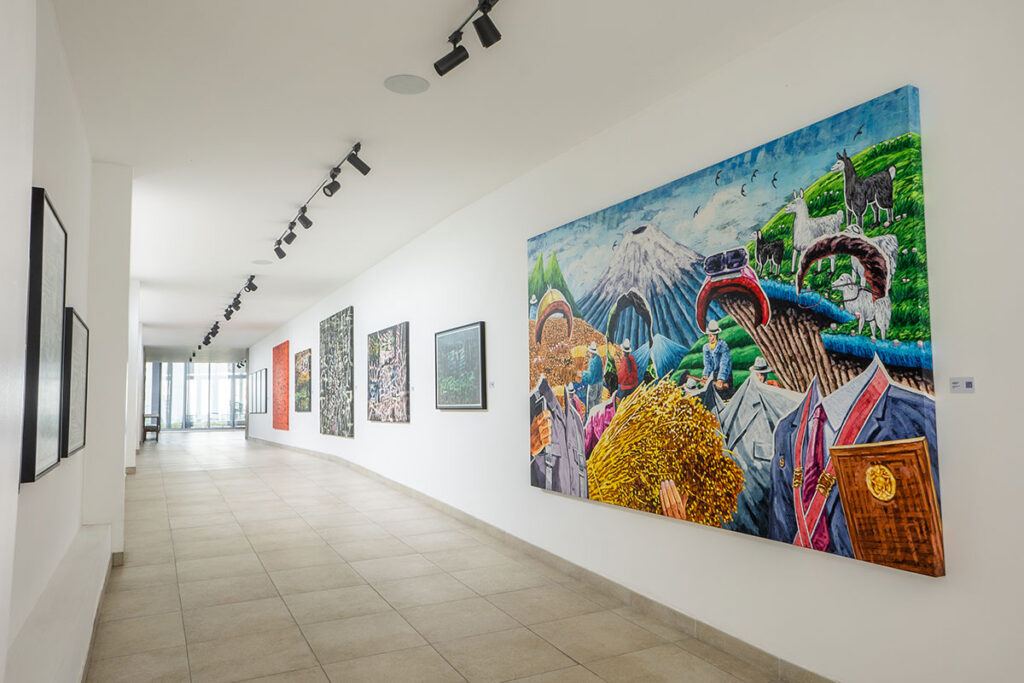Saidel brito - El hermano pueblo (A Brief Retrospective)

The exhibition El hermano Pueblo (A Brief Retrospective) is a self-gift to commemorate the 25th anniversary of my arrival in Ecuador in August 1998. It features two main sections of works displayed on the walls of the gallery: on the right, some pieces serve as an epitome of series and research developed throughout my career, and on the left, a new production titled El hermano Pueblo.
The journey begins with two academic drawings from 1989, when I was just 15 years old. Then, there’s a piece from ’96, Cinco en una vaina, some drawings of sheep meditating and wandering in yoga positions, a ceramic piece from the series La historia es una gata que se defiende boca arriba from ’98, and a couple of watercolors inspired by Nikita Mikhalkov’s film Anna. The retrospective section concludes with eight works from the Curul series from 2016 and six pieces from Carta a Barradas from 2020.
The rest of the gallery is occupied by the El hermano pueblo project, which focuses on the use of historical imagery and graphics generated in the countries of the communist bloc during the 20th and 21st centuries. The emphasis on painting in these pieces establishes, at first glance, a dialogue with certain explorations of Abstract Expressionism, with the painting of Franz Kline, and with East Asian calligraphy. Kline crystallized a monumental visual simplicity and incorporated into his poetics the most sophisticated aesthetic exchanges of the postwar period between the United States, Europe, and East Asia. My work, in some way, is sheltered by those highly politicized enterprises of High Modernism that overlapped their ideological background with overflowing brushstrokes, gestures, and calligraphic marks. The flat, quasi-digital, and de-textured painting of my works seeks, through the ambiguity engendered by the very absence of pictorial material, to find a place in the multitude of meanings and interpretations that the pictorial tradition offers.
The series explores the expressive capacities contained in this type of graphic art, where propaganda and political posters intersect with pictorial inquiry and the rhetorical plays embedded in those visualities. The works aim to construct new textualities and delve into other plastic possibilities that align with the significant value of artistic languages.
– Saidel Brito







